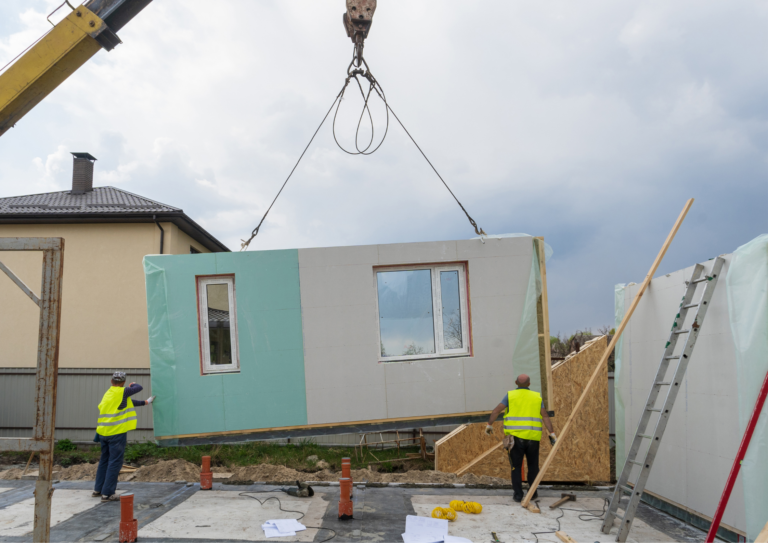Bridges play a pivotal role in connecting communities and facilitating transportation, and their importance cannot be overstated. However, the fascinating yet alarming nature of bridge collapses raises concerns about the need to understand the causes behind these disasters. By delving into the factors that contribute to bridge failures, we can work towards preventing future catastrophes and ensuring the safety of these vital infrastructures.
Design Flaws and Insufficient Maintenance
A. Inadequate Examination and Maintenance Practices
One of the key factors contributing to bridge collapses is the lack of proper inspection and maintenance routines. Neglecting regular inspections can obscure potential defects or weaknesses, allowing them to escalate and compromise the overall stability of the structure. Furthermore, outdated design standards and inadequate maintenance practices may further exacerbate bridge safety risks.
B. Design Errors and Miscalculations
Poor initial designs, including errors in calculations and miscalculations of load capacities, have led to several infamous bridges collapses throughout history. The consequences of such flaws are often severe, as they undermine the bridge’s structural integrity, making it susceptible to unexpected failures. Learning from these past incidents is crucial to improving design practices and preventing similar disasters in the future.
Natural Disasters and External Factors
A. Impact of Seismic Activity
Bridges face significant vulnerability to earthquakes, which can cause intense shaking and ground movement. Recent collapses linked to seismic events have highlighted the importance of accounting for such forces in bridge design and retrofitting. Understanding bridge behaviour under seismic conditions is vital to ensure their resilience and ability to withstand earthquakes.
B. Effects of Flooding and Excessive Water Flow
Flooding poses a serious threat to bridges, particularly if excessive water flow undermines their supporting structures. The force of rushing water can erode soil, wash away foundations, and compromise bridge stability. Instances of bridge collapses caused by water-related incidents have emphasized the need for water-flow management systems and flood-resistant designs.
C. Extreme Weather Conditions
Hurricanes, storms, and high winds exert considerable stress on bridges. This may lead to their failure if they are not designed to withstand extreme weather events. Understanding the impact of such conditions on bridge safety is crucial in formulating effective design strategies and maintenance practices to mitigate potential risks.
D. Correlation Between Temperature Variations and Collapses
Temperature fluctuations can affect bridge materials, particularly steel and concrete. Thermal expansion and contraction can cause structural issues such as cracking and warping, compromising the bridge’s overall stability. Several bridge failures throughout history have been attributed to temperature changes, highlighting the importance of accounting for these variations in design and maintenance processes.
Human Error and Negligence
A. Construction Errors and Oversights
Mistakes made during the construction phase, including inaccuracies in measurements, substandard materials, and poor workmanship, can have severe consequences for bridge stability. Construction errors and oversights can compromise load-bearing capacity, introduce structural weaknesses, and increase catastrophic failure risk. Strict adherence to quality control and inspection protocols during construction is vital for bridge safety.
B. Lack of Thorough Inspection Procedures
Inspection oversights and negligence can harm bridge safety. Failing to identify structural defects, fatigue cracks, or signs of weakening can lead to bridge collapses that could otherwise have been prevented. Rigorous inspection procedures, employing advanced technologies and experienced personnel, are imperative in ensuring early detection of potential failures and timely corrective actions.
C. Overloading and Improper Use
Excessive weight limits and inconsistent bridge use can compromise bridge structural integrity. Overloading places excessive stress on bridge components, leading to accelerated fatigue and eventual failure. Awareness campaigns about weight restrictions, proper usage, and overloading consequences can significantly prevent bridge collapses caused by human error.
Conclusion
Bridges can collapse due to various interrelated factors, making it imperative to address these key issues to enhance bridge safety. Understanding the anatomy of bridges, load-bearing forces, material selection, design flaws, maintenance practices, external factors, and human-related errors and negligence is crucial in preventing disastrous bridge failures. In order to safeguard bridges and ensure their safety, we must conduct thorough inspections, implement rigorous maintenance protocols, and advance design standards.






2 comments
Construction Site Safety Made Simple: Basic Rules You Need to Know
[…] is undeniably awe-inspiring it also poses hazards. That’s why prioritizing construction site safety is crucial to ensuring that workers can safely return home at the end of each day. In this blog […]
All You Need to Know About Bridge Foundation
[…] are elevated structures that create a path to cross an obstacle. The strength of bridges lies in their foundation. In this blog, we will discuss the role of bridge foundation in making these marvelous […]